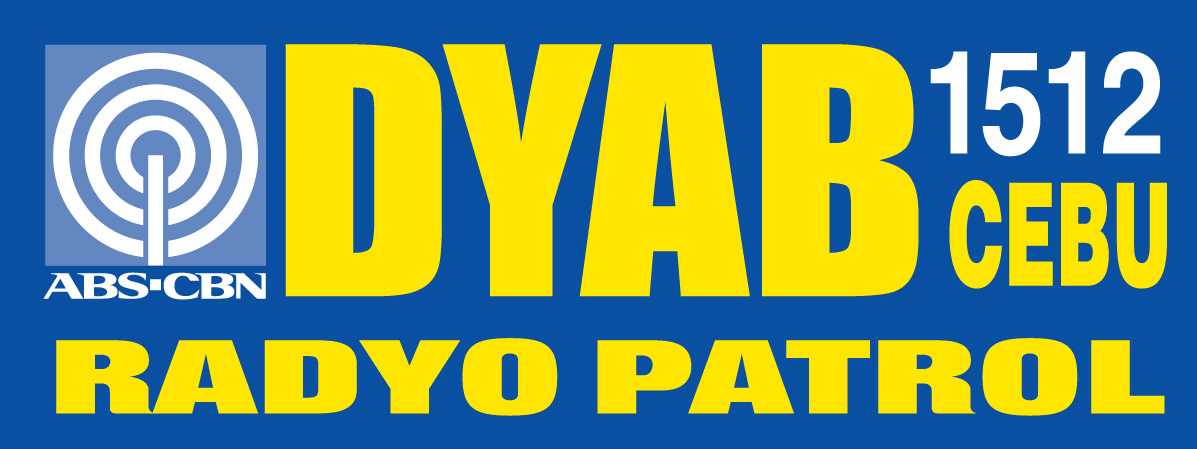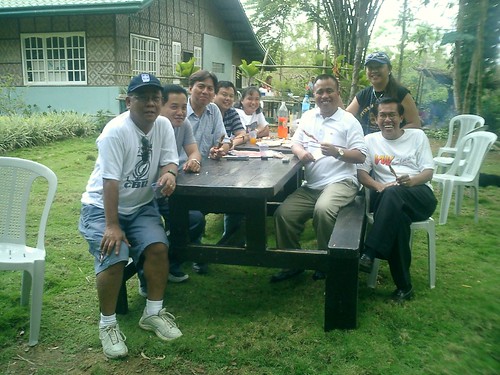Viewpoint : Burying a Guinness record holder
Juan Mercado
Inquirer News Service
"WHAT'S wrong with burying a Guinness Book of Records holder in a heroes' cemetery?" the editor joked at a newsroom session on a trial balloon that fizzled.
That blimp hinted that the President was open to burial of Ferdinand Marcos at Libingan ng mga Bayani [Cemetery of Heroes]. Ms Arroyo quickly denied the yarn saying, "All I want is to heal the wounds of Edsa I, II and III."
But telltale reactions surfaced quickly. That's a wrongfully withheld honor, claimed Imelda and Ilocos Norte Gov. Ferdinand Marcos Jr. Former President Joseph Estrada said Marcos was a "hero" and he deserves to be interred in Libingan.
Estrada's standards were always less than heroic. Thus, he never saw the point that Inquirer columnist Isagani Cruz made in "That queasy feeling": Libingan is not another memorial park. "None but heroes lie" there.
This value is reflected in shrines abroad, from Gettysburg and Arlington Cemeteries in the United States to Singapore's Krangji memorial. Commonwealth countries have 200 such memorials. Their theme resonates in the Kohima Battle memorial plaque: "When You Go Home, Tell Them And Say, / For Their Tomorrow, We Gave Our Today."
"Estrada backtracked when people angrily protested his plan to inter Marcos in Libingan, even before he assumed the presidency," Isagani Cruz recalled in his January 1999 column.
Estrada stomped on a value shared by peoples everywhere: that heroes' resting places are hallowed grounds. Dictatorship and kleptocracy, however, fracture that value. Thus, Marcos' track record blocks a Libingan burial.
Despite denials, the Marcoses cast about for a state funeral. It would honor their dead -- and rehabilitate the living still shackled to a sordid past. Hence, they've refrigerated the strongman's corpse, for over 18 years now -- just in case.
Libingan's caretaker today is a President fighting to survive. Will the undertaker swap a horse-drawn caisson for political support? That would stomp on deeply held values. Look at the track record.
Fact: On June 5, 1997, the Supreme Court confirmed that "no estate taxes were filed by the Marcos spouses for 1982 to 1986." Neither did they submit income tax returns from 1982 to 1985. Marcos' tax deficiency totaled P23,293,607,638 -- not including Ferdinand Jr.'s P18.5-million debt. Reconsideration appeals were "denied with finality" on Jan. 13, 1997.
Fact: In 1986, The New York Times published a series, written by Seymour Hersh, revealing that US National Archives and US Army records discredited Marcos' claims to heroism in World War II, debunking those war medals.
Follow-up articles by Jeff Gerth and Joel Brinkley revealed that the US Army concluded that services given by Marcos and 23 others to the 1st Cavalry Division were "of limited military value."
"At no time did the Army recognize that any unit, designating itself as Maharlika, ever existed as a guerrilla force in the years of Japanese occupation," the Times said. "The immensity of Mr. Marcos' claim that Maharlika served the entire Luzon was absurd," the reviewing officer, Capt. Elbert Curtis, wrote. Marcos' claims were dismissed with finality in 1948.
Fact: Under the "New Society," the Philippines was "transformed from a country with a remarkable constitutional tradition to a system where star-chamber methods were used, on so wide a scale as to literally torture evidence into existence," Amnesty International reported.
Fact: "Under Marcos, military murder was the apex of a pyramid of terror -- 3,257 killed, 35,000 tortured and 70,000 incarcerated," Prof. Alfred McCoy told an Ateneo-Wisconsin University conference. Instead of an invisible machine like Argentina's, the Marcos regime intimidated by random displays of its torture victims -- becoming thereby a theater of state terror. "Beneath the surface of a restored democracy, impunity, culture and politics are recasting cronies into statesmen, torturers into legislators and killers into generals… The trauma of Marcos' terror remains deeply embedded in society's collective memory and institutional fabric."
Fact: For over a decade, the Guinness Book of Records featured the Marcoses in its section on "Crime." One edition brackets the salting away of $860.8 million between the theft of the Mona Lisa painting in 1911 and the robbery of Germany's Reichbank in 1945. Later, the crime ranked with entries for deposed dictators like Africa's Mobutu Seseke.
Real heroes, like Lorenzo Tañada, Joaquin Roces, Jose Diokno and Benigno Aquino, among others, deserve a Libingan grave. But neither they nor their families demanded that honor. They understood that integrity and nobility of spirit -- not honor guards -- consecrate a burial ground in truth. Horse-drawn hearses cannot redress poverty of the spirit. "El sitio nada importa" ["Where is of no import"], Jose Rizal writes in "Mi Ultimo Adios."
In an open letter to then President Estrada, Victoria Mansueto (an aunt now dead) wrote:
"When World War II started, my younger brother was a fighter pilot. Lt. Salvador Manlunas and others fought in obsolete P-26 planes against modern Japanese Zeroes. He was killed in action.
"Bading never had a Swiss bank account. Nor did he own vast lands. All he has is a quiet tree-lined street, named after him, in Villamor Air Base and a Libingan grave. Now, you'd bury next to him, as a hero, someone whom the Guinness Book of Records credits for massive theft."
(E-mail: juan_mercado@pacific.net.ph)







No comments:
Post a Comment